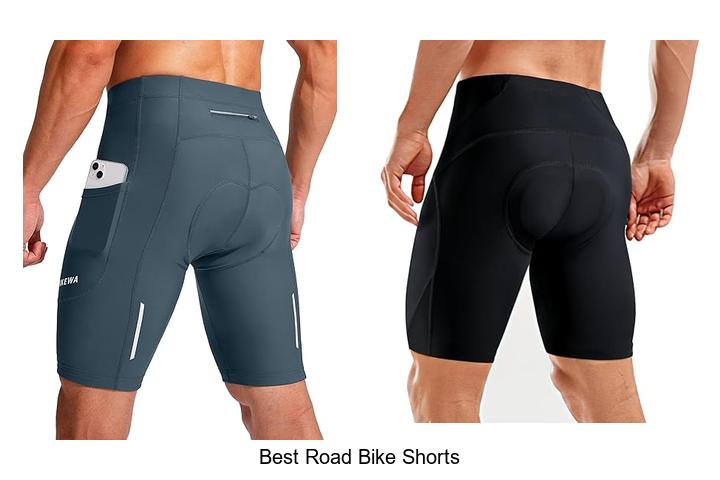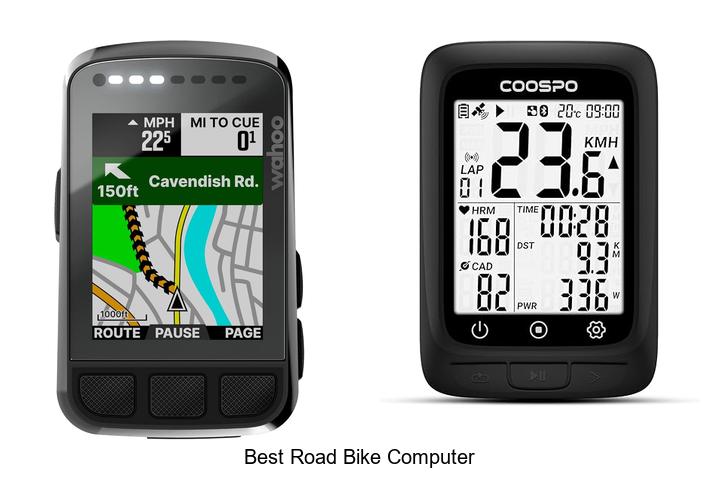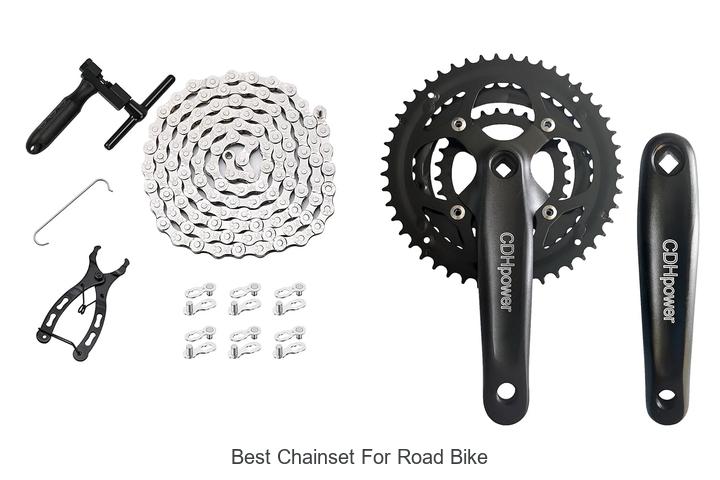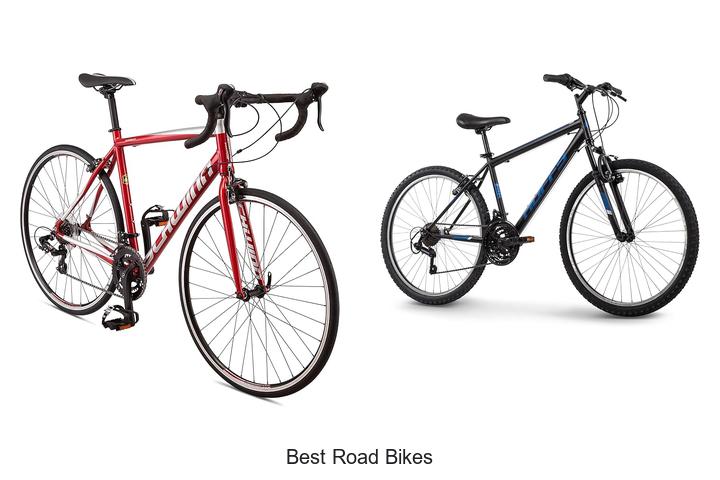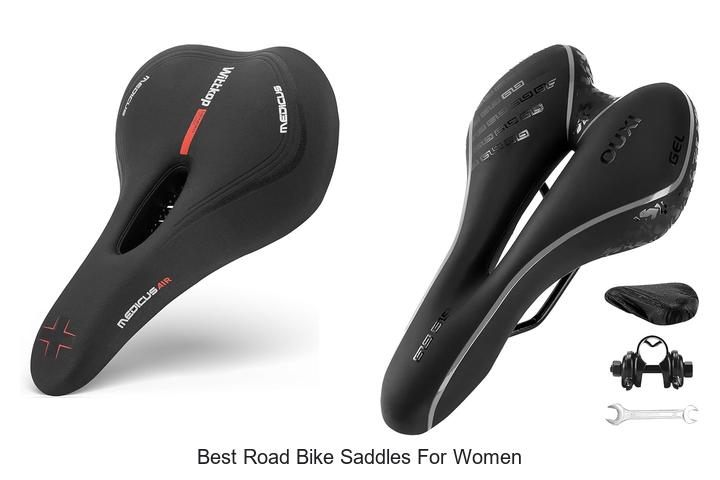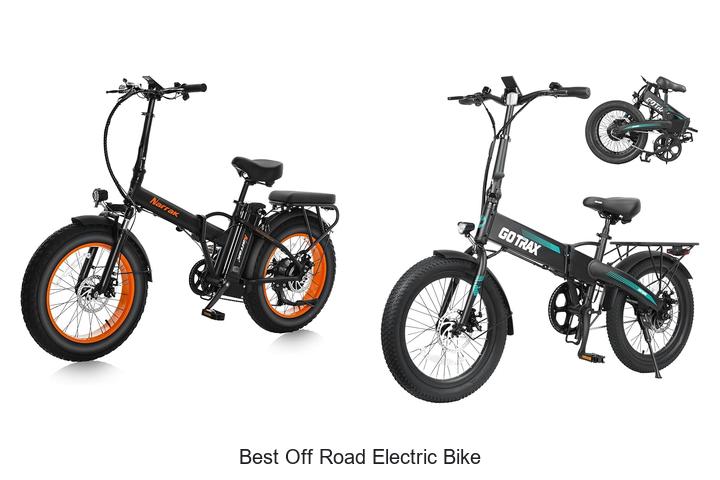How to Inflate Road Bike Tires: A Simple Step-by-Step Guide
Getting your road bike tires properly inflated is key to a smooth and efficient ride. Whether you’re gearing up for a long journey or a quick spin around town, knowing how to inflate your tires correctly can improve performance and prevent flats.
You don’t need to be a bike expert to keep your tires in top shape. With the right tools and a little know-how, you can quickly get your tires to the perfect pressure every time. This guide will walk you through the simple steps to inflate your road bike tires like a pro.
Understanding Road Bike Tires
Knowing your road bike tires helps you inflate them correctly. Different types of tires and valves affect how you pump air for optimal performance.
Types of Tires and Valves
Road bike tires generally come in two types: clincher and tubular. Clincher tires have an inner tube, while tubular tires have the tube sewn inside the tire. Most riders use clincher tires due to ease of maintenance.
There are two common valve types for clincher tires:
- Presta valves: slim and threaded, requiring a small valve hole and a locking nut.
- Schrader valves: wider, similar to car tire valves, fitting standard pumps.
You must match your pump to the valve type. Some pumps include adapters for both Presta and Schrader valves to simplify inflation.
Importance of Proper Tire Pressure
Proper tire pressure balances rolling efficiency, grip, and comfort. Overinflated tires reduce traction and absorb shocks poorly, while underinflated tires increase rolling resistance and risk pinch flats.
Most road bike tires recommend 80 to 130 psi, depending on tire width and rider weight. You can find exact pressure limits printed on the tire sidewall. Adjust pressure within this range to suit riding conditions and preferences.
Tools Needed to Inflate Road Bike Tires
You need specific tools to inflate road bike tires efficiently. Using the right equipment ensures proper tire pressure and a safe ride.
Choosing the Right Pump
Select a pump compatible with your tire valve type—Presta or Schrader. Floor pumps offer high pressure and stability, ideal for home use. Hand pumps provide portability for on-the-go inflation but require more effort. Consider pumps with dual heads or adjustable nozzles to fit both valve types if you own multiple bikes. Quality pumps deliver consistent airflow and accurate pressure control.
Using a Pressure Gauge
Use a pressure gauge to measure tire pressure accurately. Many floor pumps include built-in gauges marked in psi, suitable for road bike requirements between 80 and 130 psi. Separate digital or analog gauges offer more precise readings if your pump lacks one. Regularly checking pressure helps prevent underinflation or overinflation, optimizing performance and tire longevity.
Step-by-Step Guide on How to Inflate Road Bike Tires
Follow these steps to inflate your road bike tires correctly for optimal performance and safety.
Preparing the Tire and Valve
Remove the valve cap and clean any dirt around the valve stem. Identify your valve type—Presta or Schrader—so you can attach the appropriate pump head. For Presta valves, unscrew the small locknut at the top before pumping. For Schrader valves, ensure the valve core is clean and ready. Check your tire sidewall for recommended pressure limits to avoid overinflation.
Pumping the Tire to the Correct Pressure
Attach the pump head securely to the valve to prevent air leaks. Use a floor pump for faster inflation and better stability, especially at home, or a hand pump for portability during rides. Pump air steadily, monitoring the pressure gauge frequently. Inflate within the recommended range of 80 to 130 psi, adjusting based on tire width and rider weight.
Checking and Adjusting Tire Pressure
After reaching the target pressure, remove the pump carefully to avoid air loss. Use a separate pressure gauge if your pump lacks one, or double-check the built-in gauge reading. If the pressure deviates, push a few pump strokes or release a small amount of air using the valve. Replace the valve cap to protect the valve from dirt and damage. Repeat this process regularly to maintain optimal tire pressure.
Tips for Maintaining Optimal Tire Pressure
Maintaining optimal tire pressure ensures your road bike performs at its best and lasts longer. Regular checks and proper habits keep your tires efficient and safe.
When to Check Tire Pressure
Check tire pressure before every ride, especially if you haven’t used your bike for more than two days. Examine pressure more frequently in extreme weather, as temperature changes affect air volume inside the tire. Inspect pressure immediately after long or rough rides to prevent slow leaks or damage.
Common Mistakes to Avoid
Avoid inflating tires above the maximum pressure printed on the sidewall, as overinflation reduces traction and increases risk of blowouts. Don’t let tires become underinflated; low pressure causes higher rolling resistance and pinch flats. Refrain from using a pump incompatible with your valve type—this can lead to air leaks. Skip neglecting pressure gauges; visual inspection alone doesn’t provide accuracy. Avoid inflating quickly without periodic pressure checks, which can lead to over or underinflation.
Conclusion
Keeping your road bike tires properly inflated is a simple step that makes a big difference in your ride quality and safety. With the right tools and a bit of know-how, you can easily maintain optimal tire pressure every time you hit the road.
Regular checks and adjustments will help you avoid common pitfalls like overinflation or underinflation, ensuring your tires perform at their best. By staying consistent with tire care, you’ll enjoy smoother rides, better grip, and longer-lasting tires.
Frequently Asked Questions
How do I know the right pressure to inflate my road bike tires?
Check the pressure range printed on the tire sidewall, usually between 80 and 130 psi. Adjust pressure based on tire width, rider weight, and road conditions for optimal performance and comfort.
What are the common types of valves on road bike tires?
The two main valve types are Presta and Schrader. Presta valves are slim and require a smaller valve hole, while Schrader valves are wider, similar to car tires.
Can I use any pump for all bike valves?
No, pumps must match the valve type. Some pumps have adapters to fit both Presta and Schrader valves. Using the correct pump ensures proper inflation and valve safety.
Why is maintaining the correct tire pressure important?
Proper tire pressure improves rolling efficiency, grip, and ride comfort. Overinflation reduces traction, and underinflation increases rolling resistance and the risk of flats.
What tools do I need to inflate road bike tires correctly?
You need a pump compatible with your valve type (floor pumps for home use or portable hand pumps) and a pressure gauge, often built into floor pumps, for accurate pressure measurement.
How often should I check my tire pressure?
Check tire pressure before every ride, especially after long storage or extreme weather, to maintain optimal performance and prevent damage.
Can inflating tires too quickly cause problems?
Yes. Inflating too fast without checking pressure can lead to overinflation, which harms traction and safety. Inflate gradually and monitor pressure closely.
What is the difference between clincher and tubular tires for inflation?
Clincher tires are the most common, easier to inflate, and use inner tubes. Tubular tires are glued to rims and require special handling, making tire inflation more complex.
